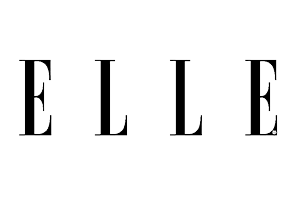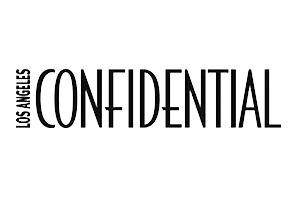How a Self-Exam for Breast Cancer Could Save Your Life
October 2nd, 2015 | Posted in: Breast Health |
No one likes to talk about cancer. It can be a scary subject for most people. Breast cancer, which will affect an
estimated 292,130 women in 2015, can be a very frightening topic. While it’s easy to get stuck on the fear aspect of cancer, there is also another side to focus on: hope. When caught early, breast cancer is entirely treatable and survivable. It can also be detected using a simple at home exam that can provide hope and peace of mind for all women.
What to Look for During a Self-Exam
The overall goal of a breast cancer self-exam is to look for changes in the breast or nipple. These changes can include:
- Changes in size and shape of the breast
- Hard knots or lumps in the breast tissue
- Dimples or puckers in the breast skin
- Swelling or warmth in a place on the breast
- Dark patches of breast skin
- Chronic breast pain in one area of the breast
- Sudden nipple discharge
- Inversion of the nipple
- Sores or rashes on the nipple
While some of these signs and symptoms could mean breast cancer, they could also be a sign of a benign breast condition. A self-exam can detect these problems at home, but be sure to discuss them with an expertso they can help diagnose and treat any breast condition you may have.
How to Perform a Self-Exam
Breastcancer.org breaks the self-exam process into five easy steps.
First, stand with your shoulders back and place your hands on your hips. Look for any changes in the appearance of your breasts. You want to be sure that your breasts are their normal size, shape and color. If you notice any changes in your breasts’ appearance, report it to your doctor immediately.
Second, stand in front of the mirror, clasp your hands together, and extend your arms above your head. Look for any breast changes while in this position.
Third, stand close to the mirror and look for any nipple discharge. If the discharge occurs without squeezing the nipple, occurs only in one breast, and is clear or bloody, discuss the discharge with your doctor as soon as possible.
Fourth, lie down and feel your breasts. You should use the opposite hand to examine each breast (i.e. use your left hand to examine your right breast). Your hands should be flat and you should use the first few finger pads to examine the breast in a circular motion. You need to examine the whole breast, from the abdomen to the collarbone, and from the armpit to the sternum. Following a pattern can help ensure that the whole breast is examined. You may choose to go in rows or in a large circle around the breast. Remember that some lumpiness is normal in the breast. During a breast self-exam, look for anything that is unusual for you and your breasts.
Fifth, feel your breasts while standing up. Place the same arm as breast above your head, and follow the same procedure as used while lying down. Many women prefer to do this in the shower while their skin is slippery and easier to navigate. The entire breast self-exam process can be done before and during a shower to make it easier.
Self-Exams Aren’t the Only Key to Peace of Mind
Examining your own breasts at home is quick and easy and can help detect any problems at an early stage. However, there are other ways to keep your breasts healthy and screen for any problems. A full breast exam and digital mammography should be completed by your doctor. A breast exam should be completed every year for all women, and a mammogram should be completed yearly for women over age 40. These tests can help you stay healthy, have peace of mind and detect cancer early, which can increase your rate or survival by 25% to 30%.









































